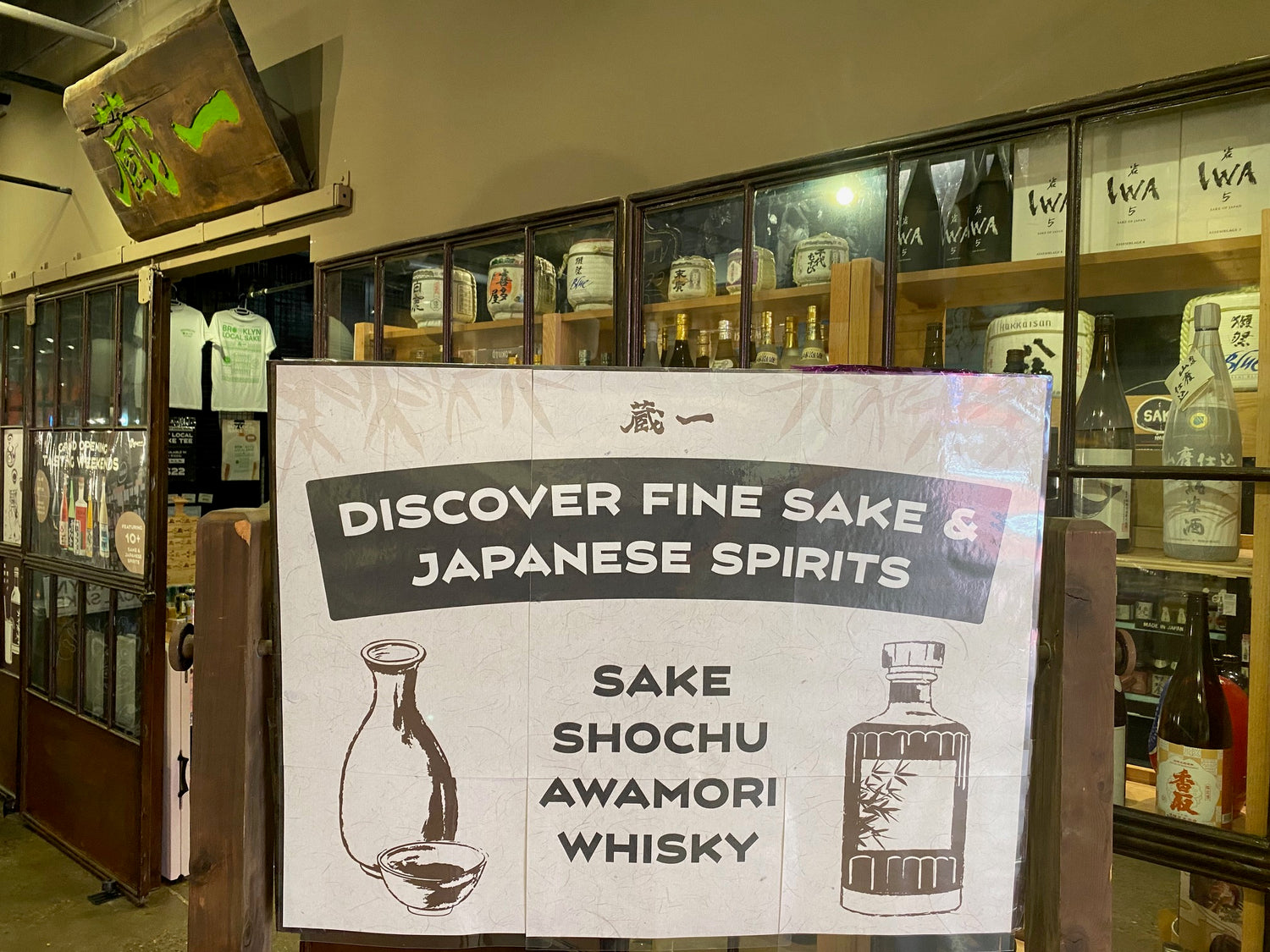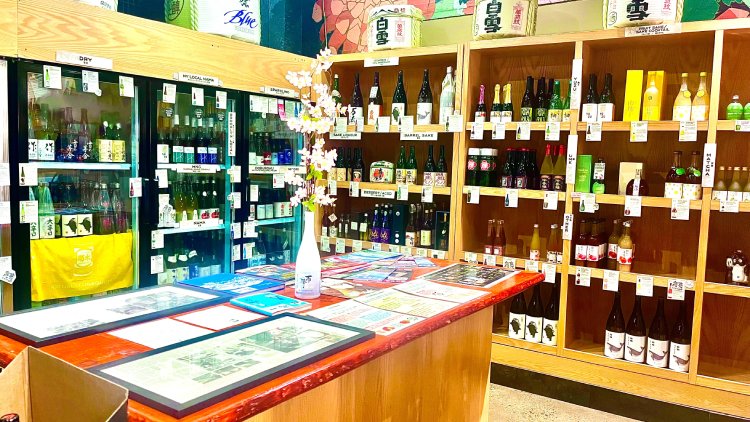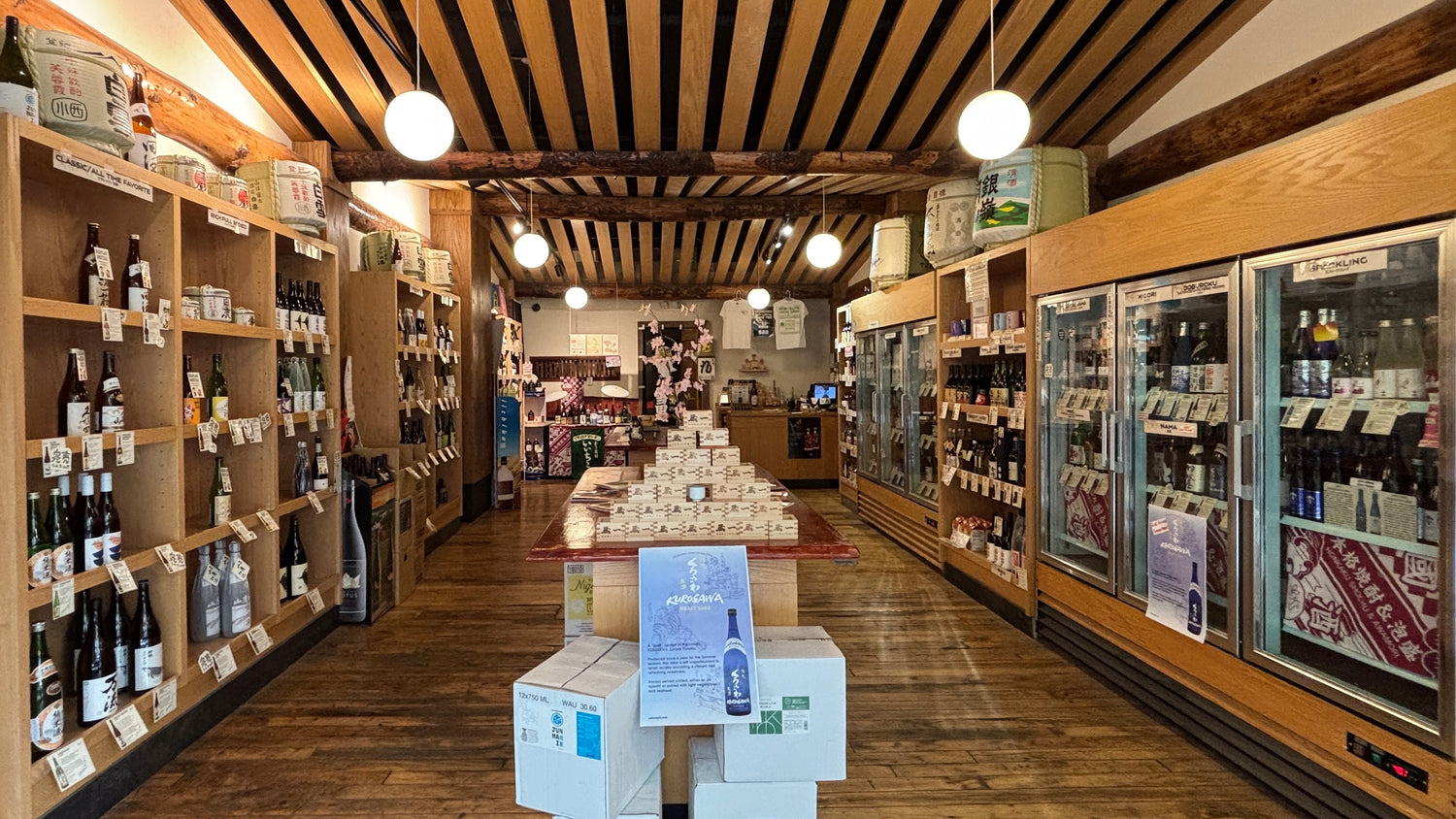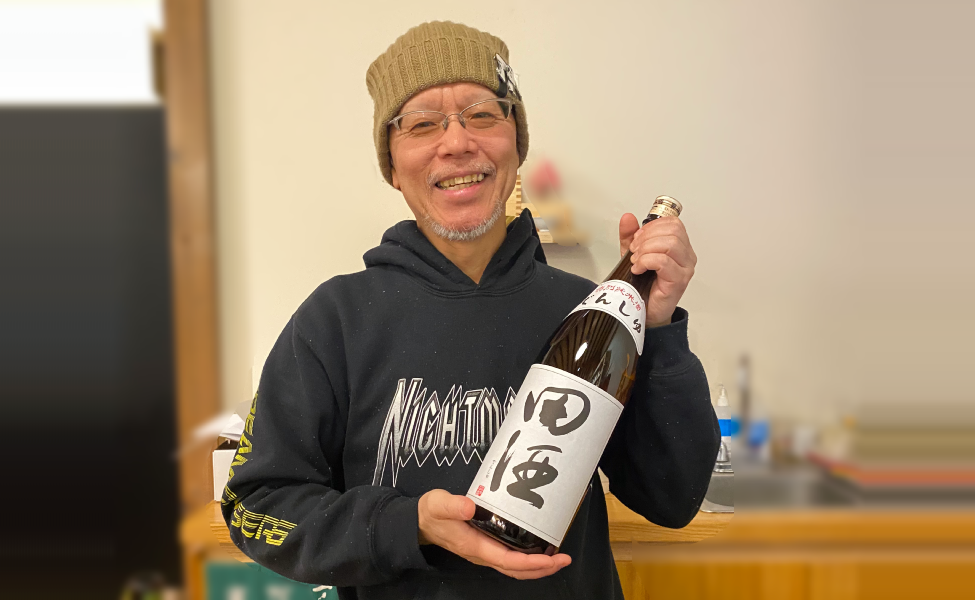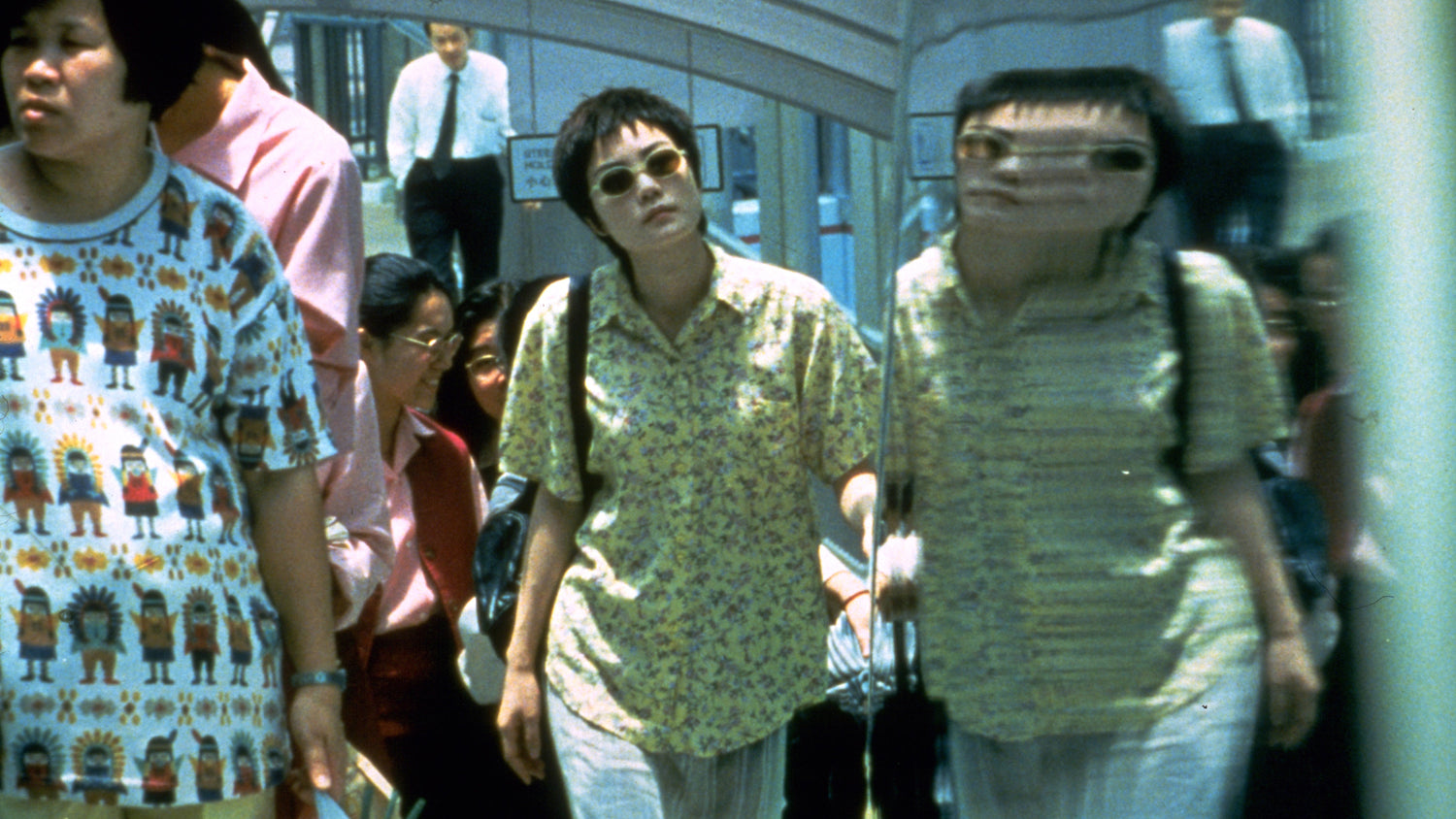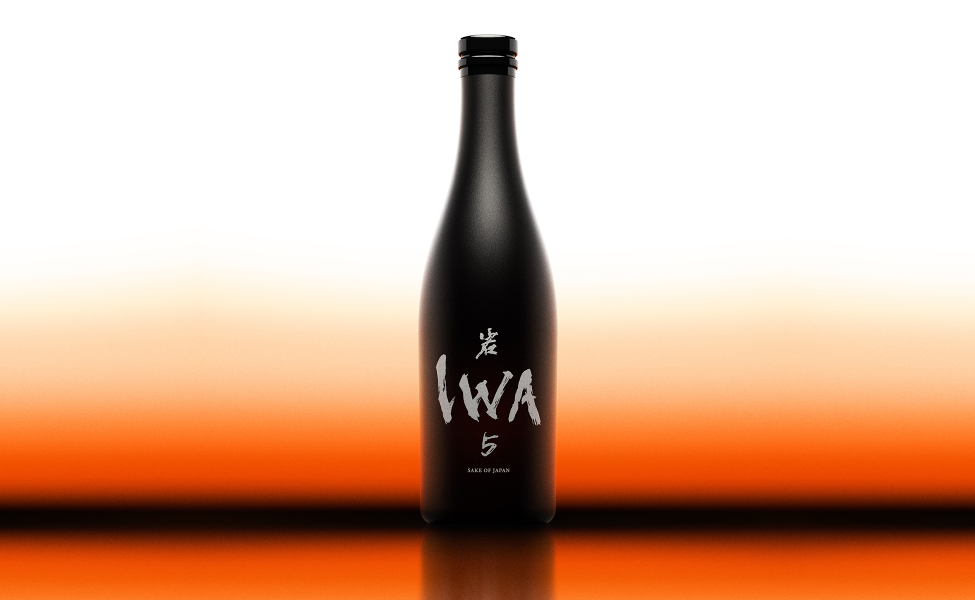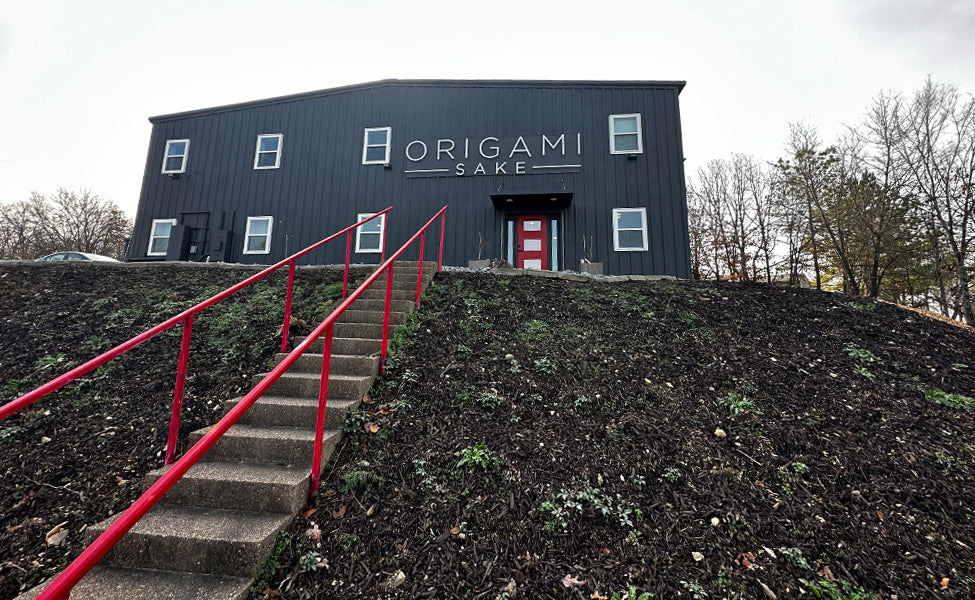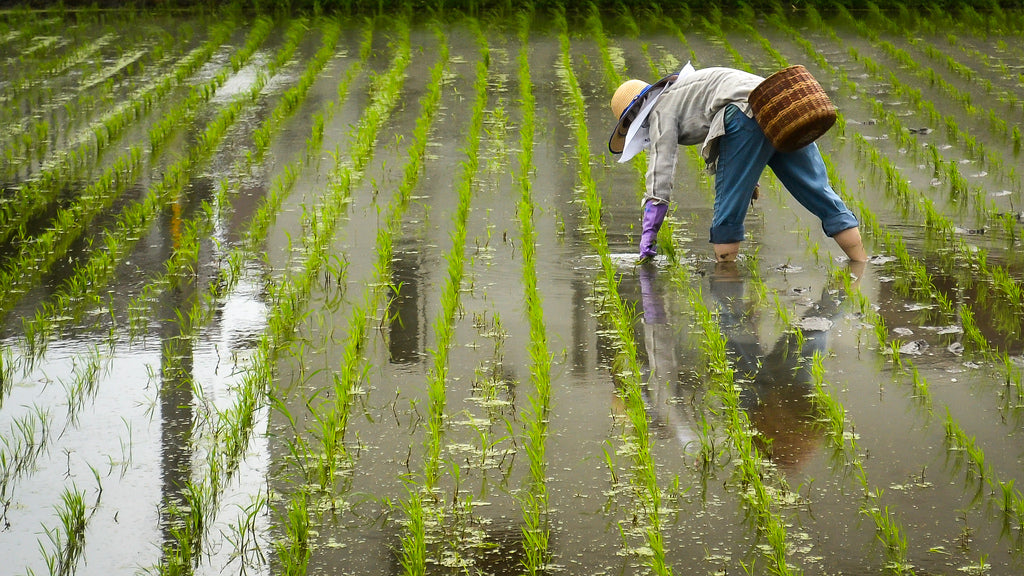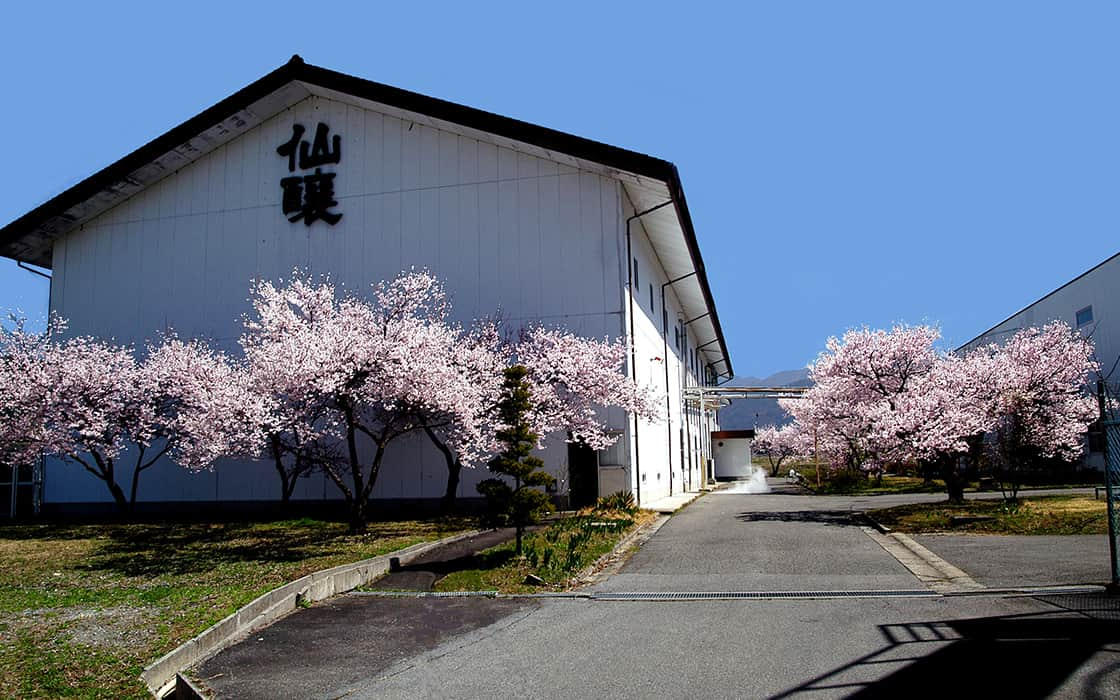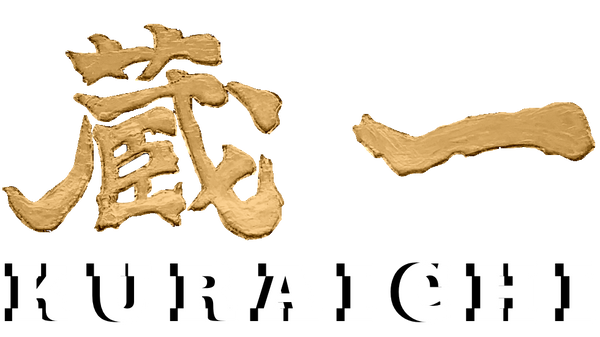|
Another sake we would like to introduce is "Senpuku Shinriki:" "Senpuku" means a thousand happiness's, and "Shinriki" means the power of the gods. This is another powerful and symbolic name that shows the specialty of this sake.
Fans of Japanese anime may be familiar with "Space Battleship Yamato," which created a huge boom throughout Japan in the mid-1970s. The anime told a fantastical story about the Yamato, the largest battleship ever built during World War II, being reborn as a space battleship to protect peace on Earth. The actual battleship Yamato was built in Kure, Hiroshima, and set sail from Kure. The Yamato was loaded with "Shinriki" rice, a type of rice used by the navy, but with the sinking of the Yamato and Japan's defeat in the war, the Shinriki rice also disappeared.
Miyake Honten Sake Brewery in Kure, which has long used Shinriki rice, has revived this lost rice and created "Senpuku Shinriki," an unfiltered sake made using a unique, unpasteurized kimoto method, with a lower rice polishing (85%). It has a sweet and sour aroma reminiscent of ripe fruit. After a strong, stimulating acidity, it has a rich flavor with a complex intertwining of umami, sweetness, astringency, and bitterness. Along with Kenbishi, it is a very popular sake that represents Kuraichi's "Umami/Rich" category.
The three sakes introduced here can be enjoyed in a variety of ways, and I encourage you to try them out to find your own preferences. Personally, I prefer Kenbishi and Shinriki served at room temperature or hot. Chilling them makes them a little more refreshing and easier to drink, but the rich, intense flavor of these sakes really shines when warmed.
Funaguchi also sells a red label product that has been aged for a year, but it's also fun to let it age in the refrigerator to suit your taste. As it ages, it becomes even smoother, sometimes developing a rich flavor like brandy or a depth reminiscent of Chinese Lao Zhu.
There are no rules when it comes to enjoying sake! Have fun! Cheers!
|



